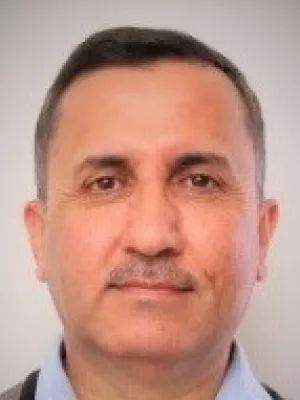
Abdulghani Hasan
Researcher

Simulation and Prediction of Groundwater Paths and Flow Vectors at Mosul City
Author
Summary, in English
High elevations of groundwater at Mosul city is a very big problem and may cause mass destructions to the environment, health and building foundations due to the closing of groundwater near ground surface. From field investigations for 43 large diameter shallow wells, the water elevations were measured 14 times through 7 months. Utilizing raster based GIS operations with automated parameter estimation (PEST), the conceptual model was build and converted to numerical model. The hydraulic conductivity values have been found after model calibration. The elevations, path lines and flow vectors maps were drawn from model results. Three sectors for groundwater elevations in the city have been defined and introduced to the water management agency for prompt decisions. The distributed finite-difference flow code (MODFLOW) selected in this study has approved to be a useful tool for creating a groundwater flow model for the study area. The results of the model can be used for the sewerage net design in Mosul city also for the planning of the agriculture and industrial projects.
Publishing year
2006
Language
English
Pages
73-81
Publication/Series
AL Rafdain Engineering Journal
Volume
14
Issue
4
Document type
Journal article
Topic
- Physical Geography
Keywords
- Modeling
- Environment
- Groundwater
- Mosul city
Status
Published

